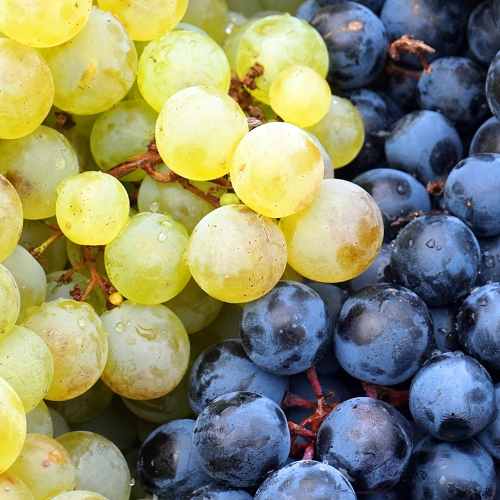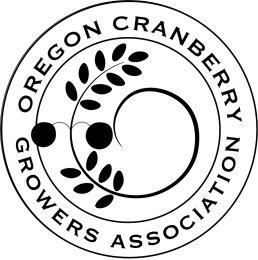Development of a wine yeast to prevent stuck fermentations
- Research Status: Completed 2001


Alan T. Bakalinsky
Olga Martin, Marjorie Brandriss, Gisbert Schneider, Hoffmann-La Roche



High and low nitrogen levels in grape must can cause sensory and economic issues in the production of fine wine. The amount of available nitrogen in the fermentation is key to the healthy formation and reproduction of yeast during fermentation and completion of fermentation to dryness. The major yeast strain that dominates healthy alcoholic fermentations, Saccharomyces cerevisiae, typically produces one molecule of urea, glutamate, and proline from the metabolism of the amino arginine. Arginine production is severely impaired without sufficient oxygen, anaerobic (oxygen-free conditions) are concentrated during alcoholic fermentation of juice.
Under these anaerobic conditions the yeast cannot access the proline it produces from arginine as a nitrogen source, access to available nitrogen is key to avoiding stuck fermentations in a winery. This inability to access the arginine derived from proline is effectively wasted nitrogen or wasted yeast nutrient. Additionally, grape juice, itself, is generally rich in proline and therefore there is no need for yeast to produce more.
Researchers determined that altering the way in which a prototype laboratory strain yeast metabolizes arginine under anaerobic conditions, so that all four-arginine nitrogens can be assimilated, would result in a swifter and more complete fermentation. The net result of the alteration is the formation of one molecule of urea and two of glutamate instead of one molecule each of urea, glutamate, and proline. We have not yet introduced the same genetic modifications into a wine yeast strain.
Brandriss, M.C. and Krzywicki, K.A. 1986. Amino-terminal fragments of ∆1-pyrroline-5 carboxylate dehydrogenase direct ß-galactosidase to the mitochondrial matrix in Saccharomyces cerevisiae. Mol. Cell. Biol. 10:3502-3512.
Salmon, J.-M., and Barre, P. 1998. Improvement of nitrogen assimilation and fermentation kinetics under enological conditions by derepression of alternative nitrogen-assimilatory pathways in an industrial Saccharomyces cerevisiae strain. Appl. Env. Micro. 64:3831-3837.
Yaffe, M.P. 1991. Analysis of mitochondrial function and assembly. Meth. Enzymol. 194:627-643.













